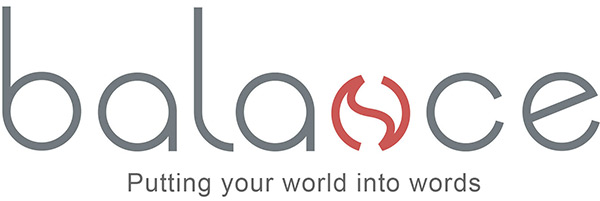Modern technology has its uses – hell, I’m using it right now! – but as long as we have the autocorrect, it will never shake off the stigma of being a pain in the esra. We never had autocorrect issues in the good old days. Imagine if Paul Revere had ridden through the night to Lexington and delivered the message “The British are boning” and had had to be followed the next day by another rider bearing another message saying, “Tch, of course I meant to say the British are coming”… The whole course of history would have been changed.
The other day a friend of mine sent me an email containing the word rennet. Not being a cheesemaker, it’s rare that the word rennet lands in my Inbox and I have to admit I was quizzical. Fortunately, he soon followed it up explaining that the word he had wanted to type was tenner but his autocorrect had changed it. Where he’d wanted bread he’d got cheese.
This showed two things: 1. an evolutionary trend for re-reading our own messages after sending them, which we all have to do nowadays thanks to autocorrect; 2. That autocorrect has discovered the palindrome.
Scary thought.
OK, rennet isn’t strictly speaking a palindrome of tenner, it’s just tenner spelt backwards, and there isn’t an official word for that. “Tenner on no rennet” is a palindrome. That’s the kind of bet you hear being placed all the time at the annual Vegetarian Cheese Handicap Chase at Newmarket. “I’ll have a tenner on No Rennet, please, mate.”
“Sorry, guvnor, it was disqualified at the whey-in.” *
Of course, there are better palindromes. The one about Napoleon, “Able was I ere I saw Elba”, is pretty clever, as is Dammit I’m Mad, a 224-word palindromic poem by Demetri Martin, whose name, disappointingly, isn’t a palindrome but looks like it could have been if he’d made an effort. The poem is complete cobblers, of course, but it shows a fair degree of ingenuity and determination.
Next time you’re being baptised you might want to check the font for the palindromic Greek inscription NIPSON ANOMEMATA ME MONAN OPSIN, which means “Wash the sins, not only the face”. You’ll find this in various churches around England. The same goes for the Sator Square, a neat little Latin word square that was found in the ruins of Pompeii and subsequently graffitied on numerous monuments and churches throughout the ages. The Sator Square looks like this:
S A T O R
A R E P O
T E N E T
O P E R A
R O T A S
Whether you read it across or down, or rotate it through 180 degrees, it reads Sator Arepo Tenet Opera Rotas, which, of course, means… er, well, no-one knows really. The scholars can do the Sator Tenet Opera Rotas bit (the sower holds work wheels, or something along those lines) but Arepo? No-one’s got a clue what Arepo means. All we know is that it’s opera backwards, which is only slightly more interesting than opera forwards.
It could be the missing link in a phrase that holds the secret to the universe itself. Or it could just be a made up word that happens to complete a neat little word square. Probably the latter.
Sadly, it doesn’t mean “Watch it! The volcano’s about to blow”, otherwise it might have proven quite useful.
*Other cheese jokes are available


